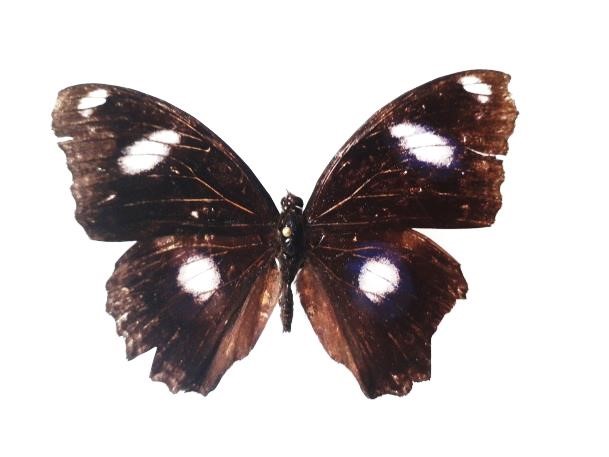Today National Museum of Ireland, Curator of Entomology Aidan O& #39;Hanlon aka @MusingMollusc , is showing how he rehydrates Butterflies to add them to the Collections.
#edchatie #MuseumFromHome #Irishmuseumsonline
#edchatie #MuseumFromHome #Irishmuseumsonline
A collection of dried butterflies from Papua New Guinea was recently donated to the National Museum of Ireland.
The butterflies were collected near Maprik Village about 50 years ago then folded in paper envelopes, which were kept inside a dusty ice-cream tub until now.
The butterflies were collected near Maprik Village about 50 years ago then folded in paper envelopes, which were kept inside a dusty ice-cream tub until now.
This left the specimens very brittle & dusty, & some were covered in mould. To properly curate, identify & interpret these specimens, they had to be rehydrated, pinned, treated for mould & spread – which was a challenge when working from home with limited materials.
Placing the old, dry, brittle specimens into sealed plastic tubs with a layer of wet tissue creates a humid environment. After 2 – 3 days the butterfly specimens were ready to be pinned.
Butterflies owe their beautiful colour patterns to small pigmented scales on their wings, which also interact with light to produce dazzling iridescence
Given that these specimens had been stored in less-than-ideal conditions for about 50 years, some specimens showed scale damage, resulting in a loss of colour
Other specimens suffered from wing damage. Possibly due to the storage conditions of the past 50 years but also possibly due to attempted predation by birds while the animals were alive.
Here is a 50 year old specimen of the Blue Moon Butterfly (Hypolimnas bolina) from Papua New Guinea (Right) with rather tattered wings. On the left is a living specimen of the same species, seen by @MusingMollusc in Cambodia recently, and equally tattered, raggedy-looking wings.
All specimens pinned & mounted as best as possible, it was now time to identify what species had been collected with the help of an identification guide book.
All butterfly specimens are now identified and arranged taxonomically. These specimens are now ready to be incorporated into the National Museum of Ireland’s Natural History collection after lockdown restrictions pass.
Not only does proper curation create order from chaos, it also gives us a scientifically-valuable window to the past.
Here, we now know what butterfly species were commonly encountered in Maprik, Papua New Guinea, in the 1960 & #39;70s. Some of these species are sadly now endangered & threatened with extinction so historical records such as these specimens provide an important baseline data.

 Read on Twitter
Read on Twitter












